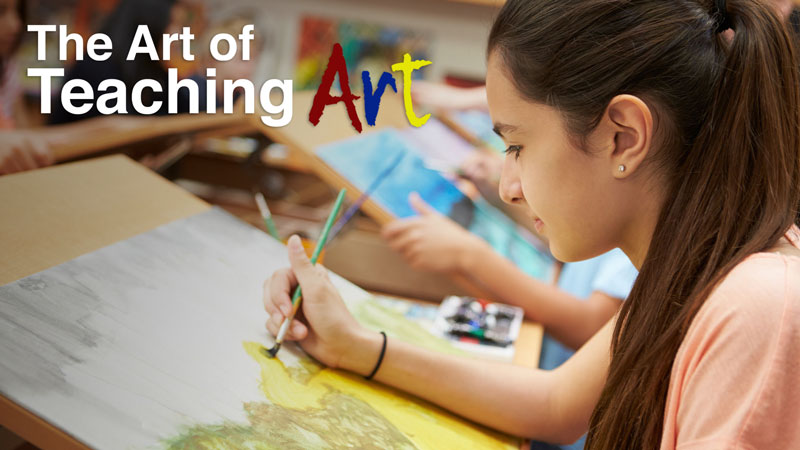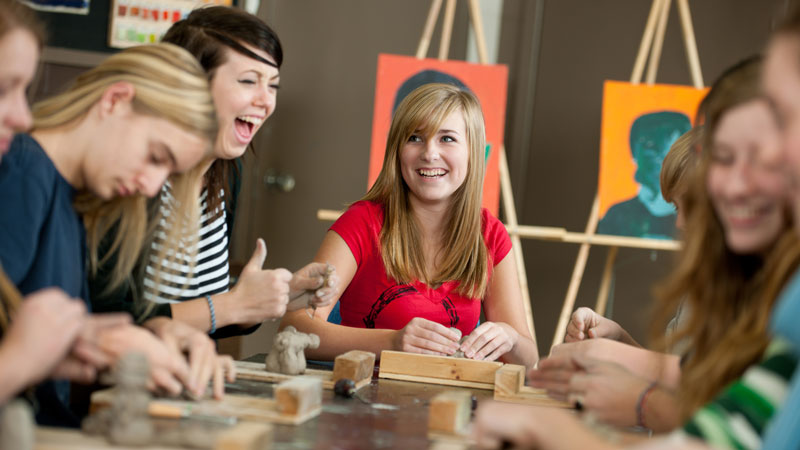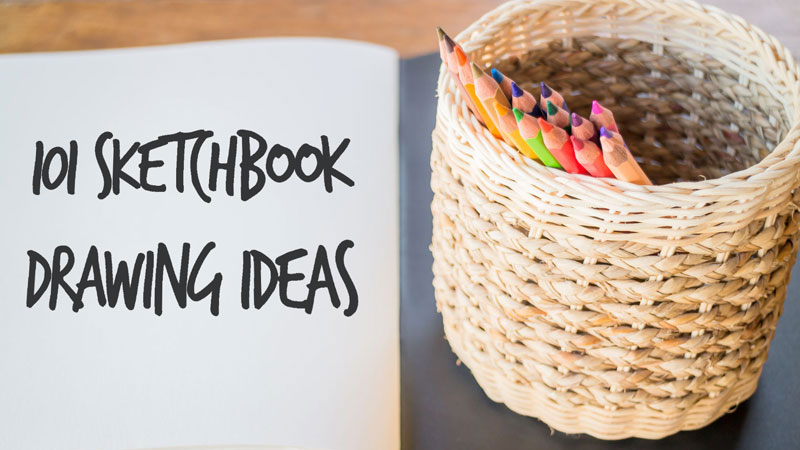
1. Establish the Classroom Rules / Procedures
A classroom needs a clearly defined set of rules and procedures. These rules should be beyond the “school rules” and should be unique for the specific classroom. Students need parameters. They need guidance and although they may not admit it, they desire discipline.
Students need the rules to be clear and easily accessible. This means that the rules to your classroom should be clearly posted so that everyone can see them and knows where they can find them.
Students need clear rules that are easy to understand and follow. Vague rules, like “Take care of supplies” should be avoided. Instead, “Clean and return all materials and tools like you found them” is a clearer statement that is easier to measure.
The rules should not be overwhelming. Don’t overload your list of rules. Often, 5 well-thought rules are plenty.
Go over the rules on the first day, and be clear on the consequences. Clear rules should have clear consequences.
2. Discipline Early and Consistently
Once the rules and procedures are established, it won’t take long for a student to test them. Perhaps it will be the first day or maybe the first week. But, it will happen. And when it does, you need to be ready to discipline. Remember, students want discipline. Students want to know that an adult is in charge and will keep the organization of the classroom in tact. When you are tested as a teacher – pass the test. Follow through and discipline the student following the procedures that you laid out.
You are the teacher, not the friend. Students respect teachers that “do what they say”. They lose respect for teachers that don’t.
Remove yourself from the equation when disciplining the student. You can simply say,
“Johnny, you broke the rules. I have explained the consequences. I now have no choice but to punish you.”
This makes it clear to the student that you are simply doing your job. The students will respect this and you will have less disciplinary actions as a result.
3. Learn Students’ Names Quickly
Students want to know that you respect them and who they are as individuals. You can demonstrate this to them by learning their names quickly. Make it a game, if it helps.
The simple act of learning a student’s name and addressing them by their name will show students that you care about them as individuals.
4. Be Visible and Greet Students at the Door
This is a small tip that will go very far. Simply greet students as they enter the room. Stand at the door and welcome them into your classroom. Say, “Hello” to them. This is a practice that shouldn’t end after the first week, either. You should do this every day, for every class.
Saying “Goodbye” as they leave is just as important as well.
5. Take Your Discipline Seriously
Students will respond to your lead. If you give any indication that you don’t take what you teach seriously, then your students won’t either. As an art teacher, this is a battle that you may already have to fight. There’s no reason to add fuel to this fire. Show your students the value of what you teach by demonstrating to them that it’s important to you.
6. Set an Example
You, as the teacher, are the example in the classroom. If it is important to you for your students to follow the rules, then you need to too. Students watch what you do and take notes. If the rules state, “No Food or Drink in the Classroom”, then you shouldn’t be walking around with your coffee. Students respect teachers that also follow the rules and lose respect quickly for teachers that don’t.
7. Be Yourself
Students appreciate and respond to authenticity. Trying to be someone that you’re not will be “sniffed” out by students quickly. Be authentic and let your personality be a part of your teaching. You don’t have to be the most charismatic person in order to be an effective teacher. You simply just have to be yourself.
If so, join over 36,000 others that receive our newsletter with new drawing and painting lessons. Plus, check out three of our course videos and ebooks for free.




